.
The days become longer and although it may still be cold and even frosty outside, I can feel the itch in my fingers to dig into soil! Ok, we may not be able to plant outdoors yet but there are still plenty of garden tasks in February that will give us a head-start on spring! Roll up your sleeves and let’s get started.
#1 Compost heap
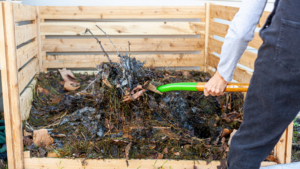
If you’re like me and have forgotten to cover your compost heap in late autumn, it’ll be a bit on the wet side by now. That’s why now, depending on your climate, can be a good time to turn up your compost heap. That way, dry and wet parts are mixed, the heap is aired and microorganisms as well as soil organisms can start working again as soon as it becomes warmer.
When you’ve upturned the compost heap, remember to cover it so that nutrients won’t be washed out.
#2 Soil preparation

During winter, the soil has become densed and we must loosen it up to prepare it for the first sowings. As you may know by now, I don’t dig up my garden soil but rather loosen it with the help of a garden fork. Prick the fork into the soil and jiggle it forwards and backwards. That way, the soil will loosen and air will get into the deeper soil layers. This air will help warm the soil up faster.
#3 Pimp your pot soil
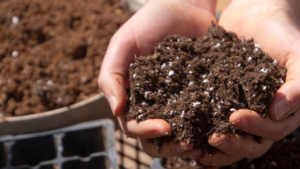
Garden tasks in February not only contains preparing the soil in the patches but also that for pot planting.
Soil that has been left in balcony trays or pots is pretty much leached out. Dump all this soil into a big container or bucket, add a bit (not too much!) of organic and mineral fertiliser (compost, horn shavings, rock powder etc.) and add fresh soil at a ration of 1 part fresh soil to 3 parts old soil. Mix all the ingredients really well together and you can use this “new” soil for your planting pots again. By treating it that way you not only give the spent soil back the nutrients that are necessary for healthy plants but you also bypass the topic of crop rotation.
Crop rotation: An agricultural practice to cultivate crops from different plant families on the same place to improve soil health, repel pests and enhance nutrient levels.
#4 Check your seeds
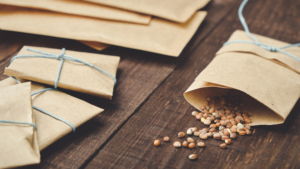
By now you’ll certainly have a planting plan and know what seeds you’ll need. Check the seeds you may have from last year and buy or trade seeds on local exchange platforms. That way, you’ll not only become a little bit more independent but you’ll also get seeds that are perfectly adapted to your climate.
#5 Organize your seeds
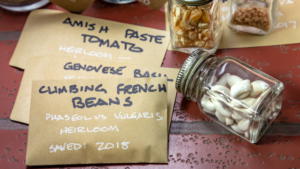
For years I bought seeds I already had. Just because I had overlooked them in my chaos called seed box. That only changed when I took the time to organize that box. I took a cardboard box
#6 Improve your garden knowledge

Before long we’ll be in the midst of seed-starting, planting, maintaining and harvesting again. Now is this short time frame where we have the opportunity to enhance our knowledge on gardening, read up on principles and techniques and gain more theoretic experience that we can eventually put into practice.
Here are some topics you may want to learn more about:
How to start a vegetable garden
How to determine your garden soil
Companion Planting for Beginners
#7 Build garden elements

Have you longed for a cold frame? Now’s the time to build one. The same goes for insect hotels, trellises, raises beds and decorative articles you may want to have for your garden but up to now didn’t find the muse to build them. Head for your workshop, grab your saw, screwdriver and screws and start building.
#8 Refresh your garden paths
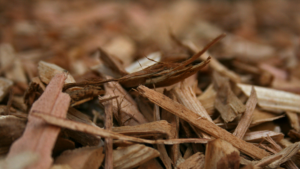
I use wood shavings and chips on my garden paths and at the end of winter (that is: now) I add a fresh coat of them. It not only suppresses weeds but also prevents the earth from the beds from falling onto the path – as long as the layer of wood chips is as high as the soil from your beds.
Alternatively, build frames around your beds, either with planks, round timber, fences made from willow twigs, stone and so on. There are no limits to your imagination. Think it – build it.
#9 Fruit tree and berry bush pruning
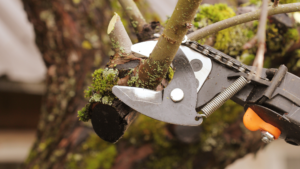
Another important garden task in February is pruning. If you haven’t pruned your fruit trees and berry bushes yet, now is more or less your last chance. By pruning, we thin the tree crowns and bushes so that they become lighter and airier and the fruits have more room to grow and ripe.
You can cut the twigs and branches with a wood chopper and use that material for your garden paths or as a mulch for your beds. Leave some branches and use them as a trellis for peas that you can sow later in spring.
#10 Clean your greenhouse
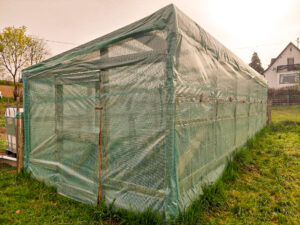
Over the winter, algae and dirt has collected on the greenhouse windows. Like with every good spring cleaning, this must be removed so that your plants inside will get enough light to grow healthily.
#11 Seed-start
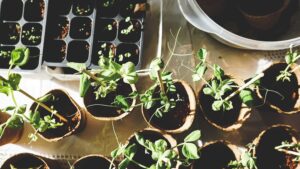
I live in a hardiness zone 7b and can seed-start some vegetables in February already. Depending on your growing zone this may vary a few weeks. On this site you can find out your hardiness zone. Here you can read up on what vegetables and herbs you can seed-start in February, and which you can already sow into a coldframe or greenhouse.
Yes, I know, it’s still winter but spring is already lurking around the corner and we can do a lot of garden tasks in February to give our garden a head-start for the upcoming season!

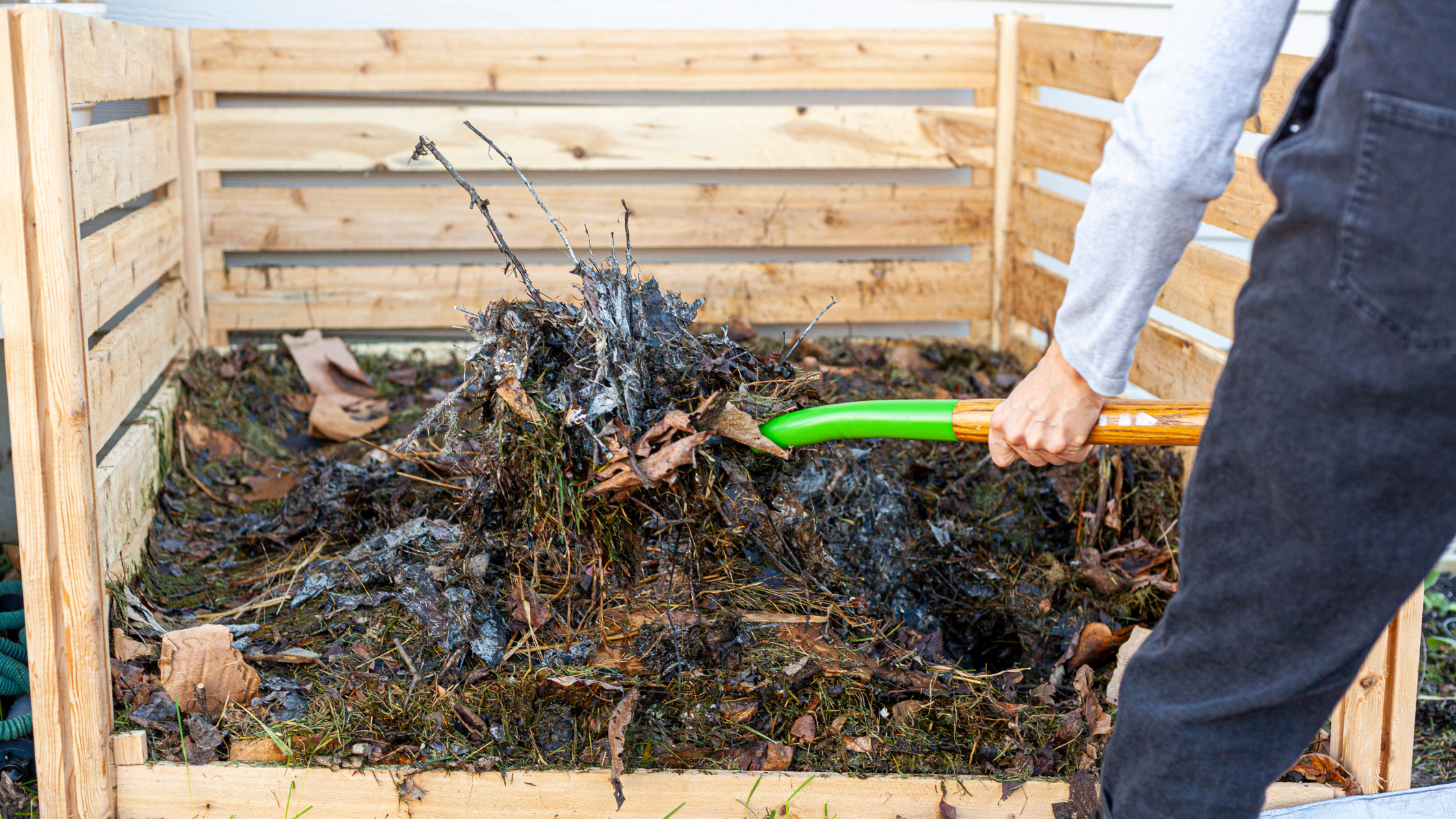
0 Comments